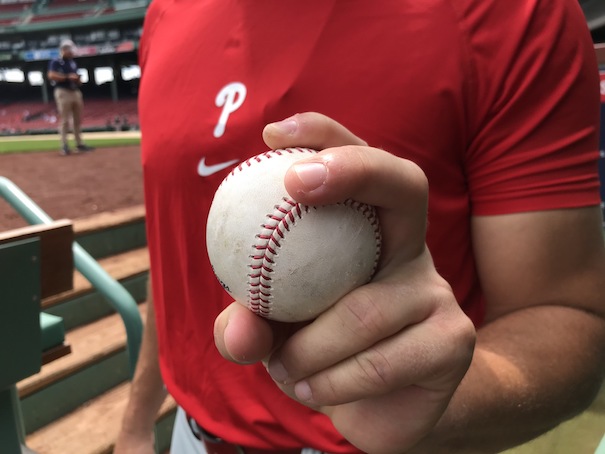Sunday Notes: Reds Prospect Francisco Urbaez Is Schooling High-A Pitchers
Francisco Urbaez wasn’t sure what to expect when he reported to spring training. Signed by the Cincinnati Reds as a non-drafted free agent in June of last year, the 23-year-old infielder knew only that he was being given an opportunity. To say he’s made the most of it would be an understatement. In 275 plate appearances with the High-A Dayton Dragons, Urbaez is slashing an eyebrow-raising .332/420/.454.
A native of Santo Domingo, Dominican Republic, Urbaez didn’t come to the United States solely to play baseball. The son of a mechanical engineer and a psychologist, he came to earn a degree.
“That was my family’s plan,” explained Urbaez, who spent two years at Chipola Junior College, and two more at Florida Atlantic University. “They were like, “Go to the States and play ball, and whatever happens happens, but you need an education first.”
Already fluent in English when he arrived in the U.S. at age 18, Urbaez was initially an Accounting major, but then changed to International Business, and ultimately to Business. And while baseball wasn’t the priority, it did serve as a catalyst. Former Toronto Blue Jays slugger Jose Bautista is involved with a foundation that helps Latin American student-athletes come to the U.S. via scholarships, and Urbaez was one of the beneficiaries.
Unlike many Dominicans currently playing professional baseball, Urbaez hadn’t attracted a lot of attention while on the island. He received only one offer from an MLB organization, and that was after he’d committed to come Stateside to begin his studies. Teams didn’t exactly knock down his door during his JC tenure, either. It wasn’t until his junior year at FAU that scouts began to take notice. Prominent among them was Andrew Fabian, whose familiarity with Urbaez dated back to his time as a coach at Hillsborough Community College. Now an area scout with the Reds, Fabian saw potential in the under-the-radar second baseman. Read the rest of this entry »

